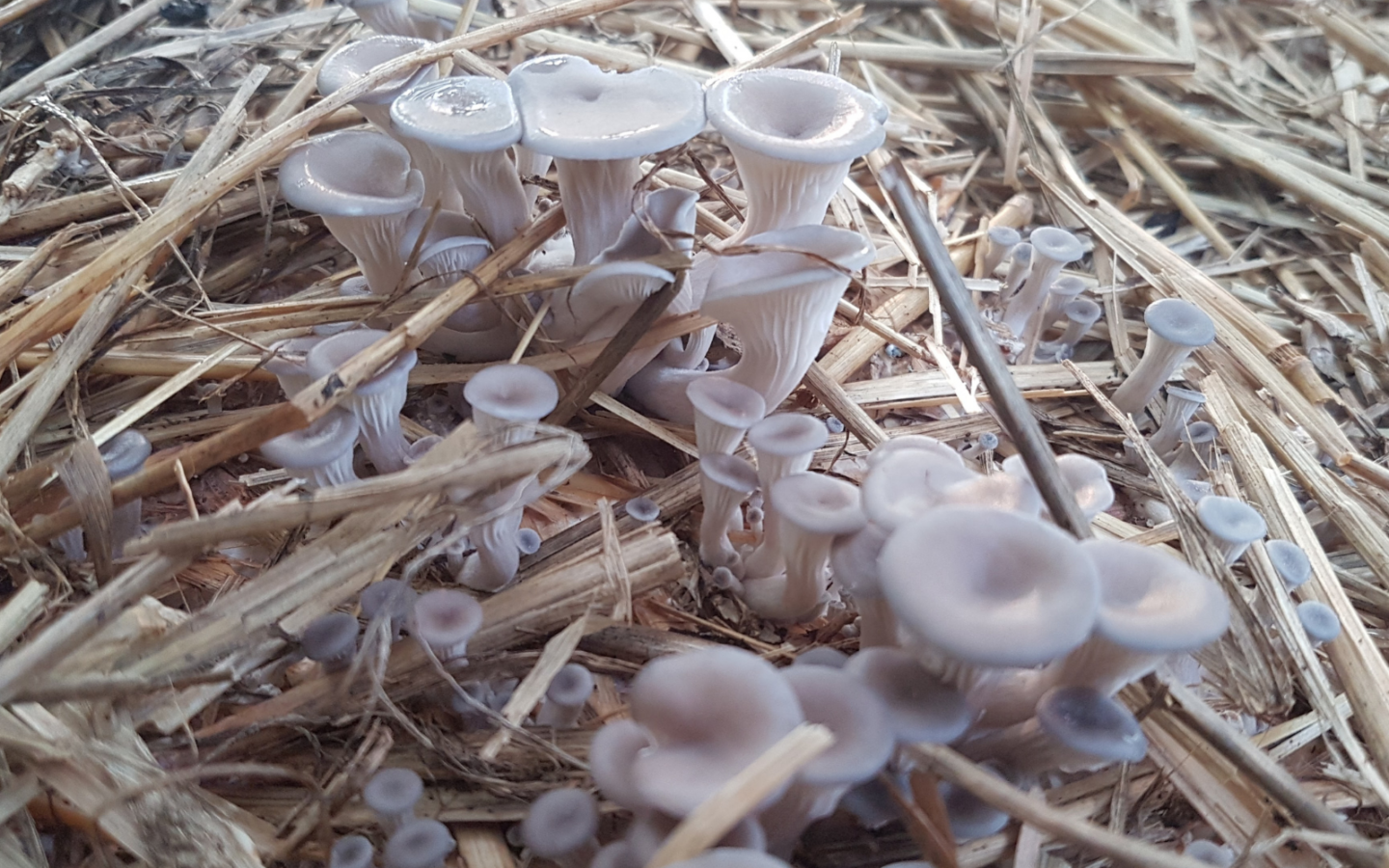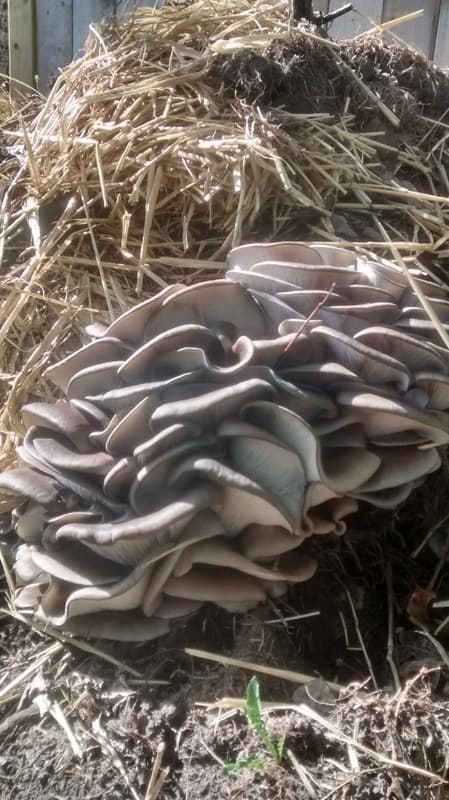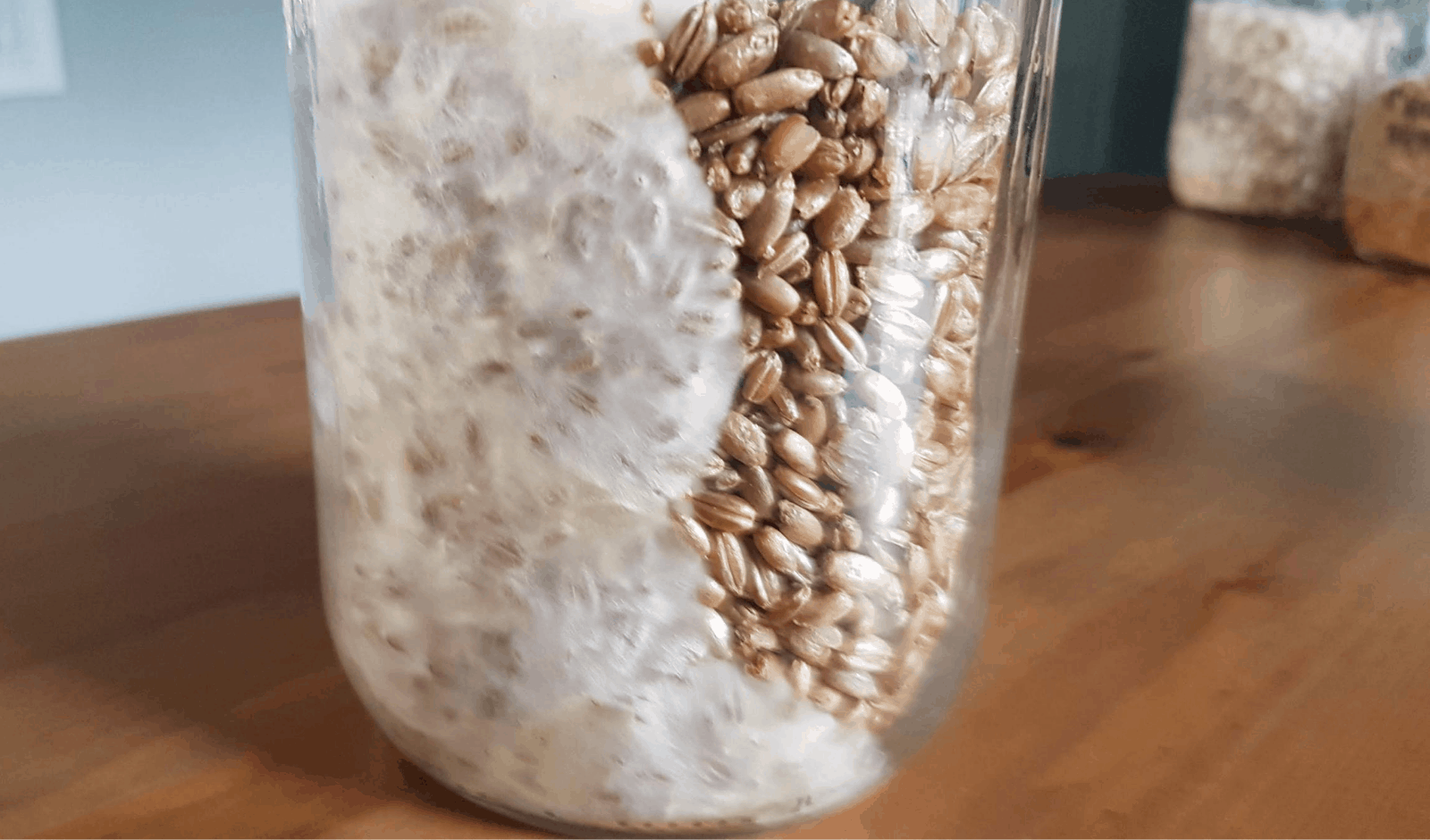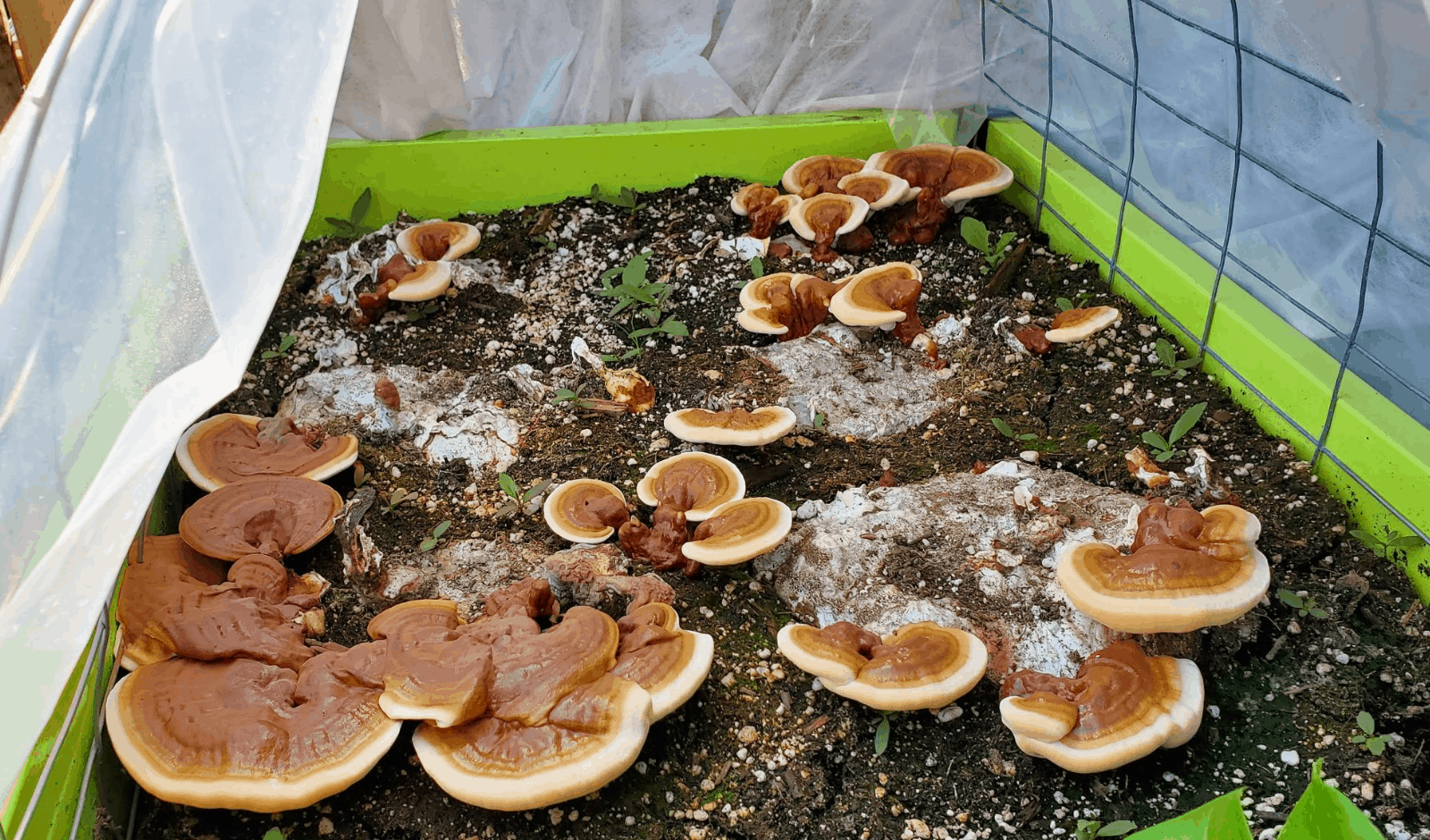Growing Blog
The Easiest Way to Grow Mushrooms at Home

Learning how to grow mushrooms can be a little overwhelming and seem like an overly complicated process.
There are so many techniques to learn and lots of specialized equipment you can buy, which makes it a little hard to find out where you should start. While that may be true, there are ways you can dip your toes in the water and experience growing mushrooms at home without investing in lots of equipment or learning all the technical skills needed for advanced growing.
The best way to do this, other than buying a kit, is to make your own outdoor mushroom patch.
How to Grow Mushrooms With Purchased Spawn
One of the most complicated aspects of learning how to grow mushrooms is the process of creating your own grain spawn.
You’ll need a pressure cooker, a source of grain, a mushroom culture and a sterilized environment to transfer your culture and further expand your spawn. It’s a rewarding and interesting process – but no simple task.
You can skip all of these steps by simply purchasing grain spawn from a reputable supplier.
They will send you ready to go grain spawn that you can immediately add to a bulk substrate using a variety of different techniques and start growing mushrooms without much hassle. We have mentioned using straw logs in this post, and growing mushrooms in the garden here, all which can be accomplished starting with grain spawn.
What Kind of Mushrooms
When buying spawn, there are a number of different mushroom species to choose from. You can take a look though our posts on the best mushrooms to grow at home here. It will depend greatly on your climate and the season in which you are trying to grow your mushrooms. Some good options for outdoor grows are King Oyster Mushrooms, Blue or Pink Oyster Mushrooms, and the King Straphoria mushroom. You will likely not be able to grow morel mushrooms or button mushrooms at home, so don’t waste your money buying spawn for those mushrooms.
The Easiest Method
If you are patient and not hung up on high yields or immediate results you can try growing mushrooms in outdoor patches the easy way, following these simple steps.
Step 1: Location
Find a suitable location in your yard. The best locations for mushroom patches are shady and humid. Find a clear area away from direct sunlight, maybe surrounded in trees or bushes that will keep the ground relatively humid.
Step 2: Lay A Bed Of Straw And Woodchips
Lay down a bed of organic material in which the mushroom mycleium can thrive. We prefer to use a mixture of chopped straw and woodchips. Some wood types will work better than others, but in general, use a hardwood such as aspen or oak. Cedar will inhibit the growth of mycelium. Some softwoods will work, but hardwood chips will produce much better results. The bed should be about 6 inches thick.

A simple bed of straw
Step 3: Wet the Bed and Innoculate With Your Spawn
Wet down the bed of woodchips until it’s thoroughly damp. Then, simply mix the spawn into the bed with a rake or shovel. A good ratio is 5 lbs of spawn to 30 lbs of wet substrate. Volume wise, this should be about one 5 lb bag of spawn per 10 sqft of 6 inch thick bed. If you want, you can add a casing layer of peat moss to help retain moisture in the bed.
Step 4: Keep Wet and Wait
Keep the bed moist by sprinkling with water daily. Better results will occur if you water the bed multiple times a day. Ensure to water the surrounding plants, tall grass and tress in order to maintain a high humidity in the bed. The bed should be wet and humid but not soaking. You don’t want puddles to form, or the bed to be absolutely drenched. Just nice and moist. Over the next few weeks the mycelium should start to take over the straw and woodchips, forming a dense mycelial mat and getting ready to fruit.

Large Blue Oyster Mushrooms Growing Outside on Straw
Step 5: Harvest and Enjoy
The time to fruiting can vary substantially based on your climate, mushroom type and season. In general it should take 6-8 weeks at least before the mycelium has taken over the bed and is ready to fruit. Often fruiting will occur after a period of rain or after a sudden drop in temperature or change in environmental conditions. This is why so many mushrooms fruit naturally in the fall. Your yield will likely be significantly less than if you used more technically advanced techniques, but your mushroom bed, if done right, can fruit reliably for several years before the substrate is spent and needs to be replenished with a new bed.
Mushroom Pests and Bugs
When growing mushrooms outdoors you have to compete with other critter that want your mushrooms. The most intrusive of these pests are fungus gnats. They burrow a hole in your mushrooms and lay their eggs so that when you go to harvest the fruits of your labor you end up with a hollow stem and a bug filled cap. This can be mitigated by placing a fine mesh screen mesh over your mushroom bed, but is best avoided by simply harvesting your mushrooms as soon as they are ready, before the gnats get a chance to take hold.
Also, be sure you can correctly identify your mushrooms. There is no reason that a competing mushroom can’t take hold of your substrate and fruit, producing a similar non-edible mushroom. Know what your picking before you consume it!
Thanks for reading! All the best in your mushroom growing adventures!

